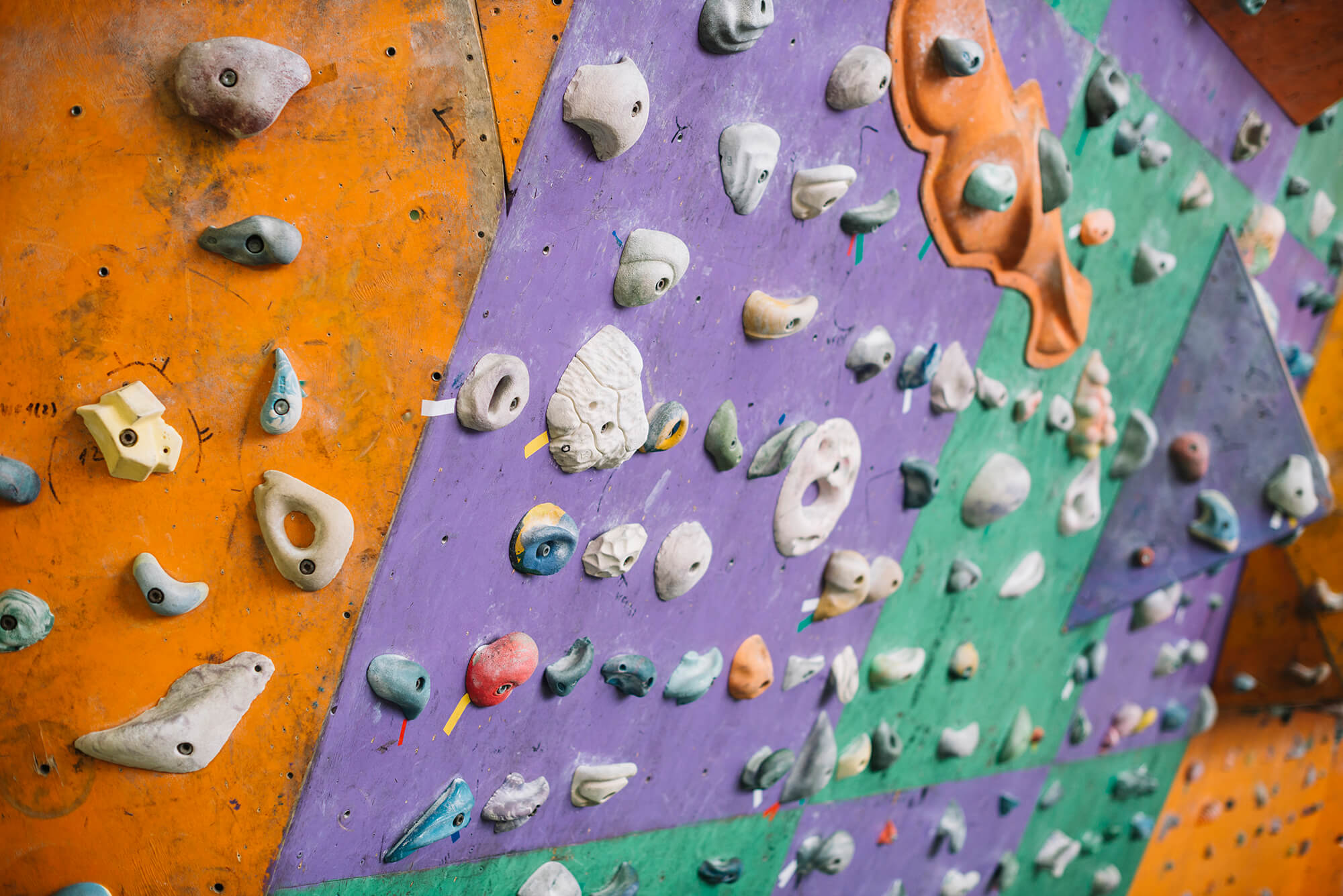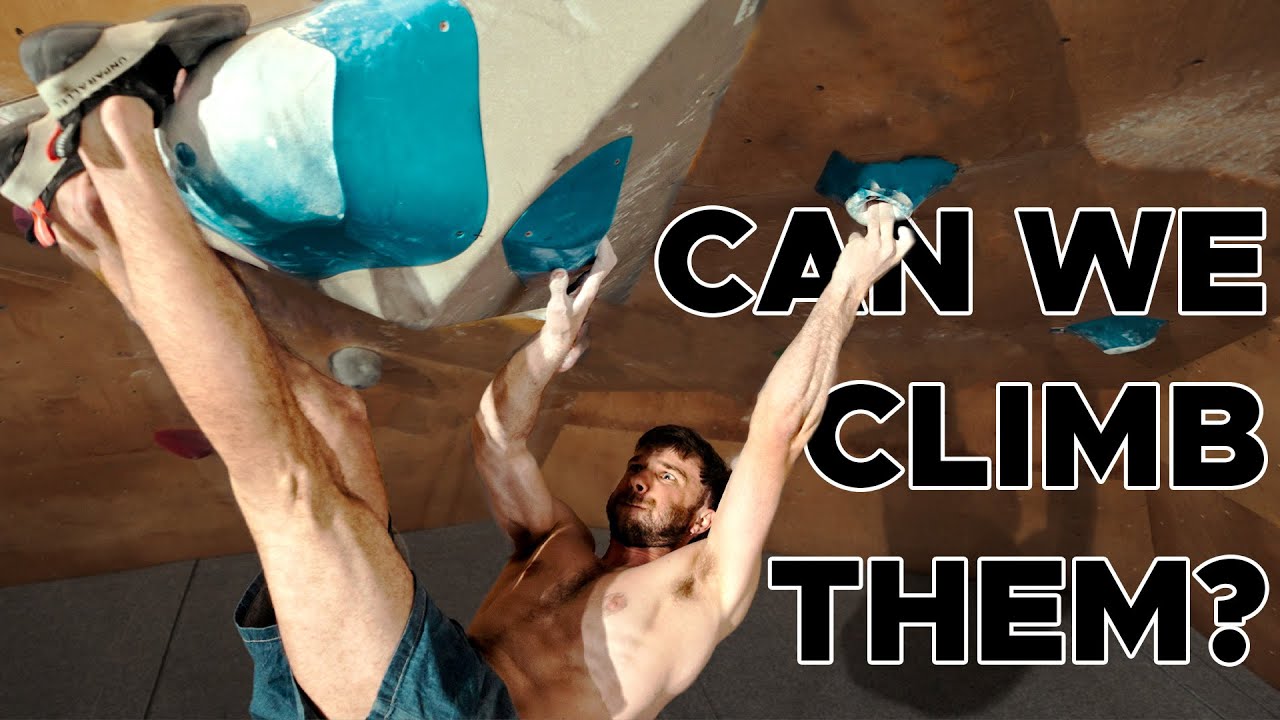When designing and constructing a commercial climbing wall, the choice of material is crucial for ensuring safety, durability, and a good climbing experience. Below we summarise which materials are most commonly used for commercial climbing walls.
- Plywood:
- Pros: Plywood is widely used indoors for its versatility and ease of customization. It is relatively inexpensive and can be cut and shaped to create various climbing surfaces and features. Plywood panels are typically covered with a texture to mimic natural rock surfaces and provide grip.
- Cons: Plywood can be susceptible to water damage if not properly sealed and maintained. It may require regular inspection and maintenance to ensure its longevity.
- Fiberglass:
- Pros: Fiberglass panels are highly durable, lightweight, and resistant to weather and moisture. They can be moulded into realistic rock-like features and complex shapes, providing a more authentic climbing experience.
- Cons: Fiberglass is likely to be more expensive than plywood and may require professional installation. Repairs can also be more challenging if the material gets damaged.
- Concrete:
- Pros: Concrete climbing walls are incredibly durable and can last for decades with minimal maintenance. They offer a highly realistic climbing surface that closely mimics natural rock. Concrete is also resistant to weather and wear, making it suitable for outdoor climbing walls.
- Cons: Concrete is heavy and requires a strong supporting structure, which can increase construction costs. It is not easily modifiable once constructed, and installation can be labour-intensive.
- Synthetic Resin:
- Pros: Synthetic resin panels are highly durable, weather-resistant, and can be moulded into various shapes and textures. They provide excellent grip and a realistic climbing experience. Resin panels are often used in high-end climbing walls due to their longevity and low maintenance requirements.
- Cons: The cost of synthetic resin can be higher compared to other materials. Installation and customization might also require specialized skills.
Additional Considerations:
- Safety: Ensure that the chosen material meets all safety standards and regulations for climbing walls.
- Texture: The surface texture should provide adequate grip and mimic natural rock as closely as possible.
- Maintenance: Consider the ease of maintenance and repair for the chosen material.
- Cost: Balance the initial cost with long-term durability and maintenance requirements.
Ultimately, the best material for a commercial climbing wall will depend on factors such as budget, intended use (indoor vs. outdoor), desired features, and long-term maintenance considerations. Many commercial climbing gyms opt for a combination of these materials to create a versatile and engaging climbing environment.



